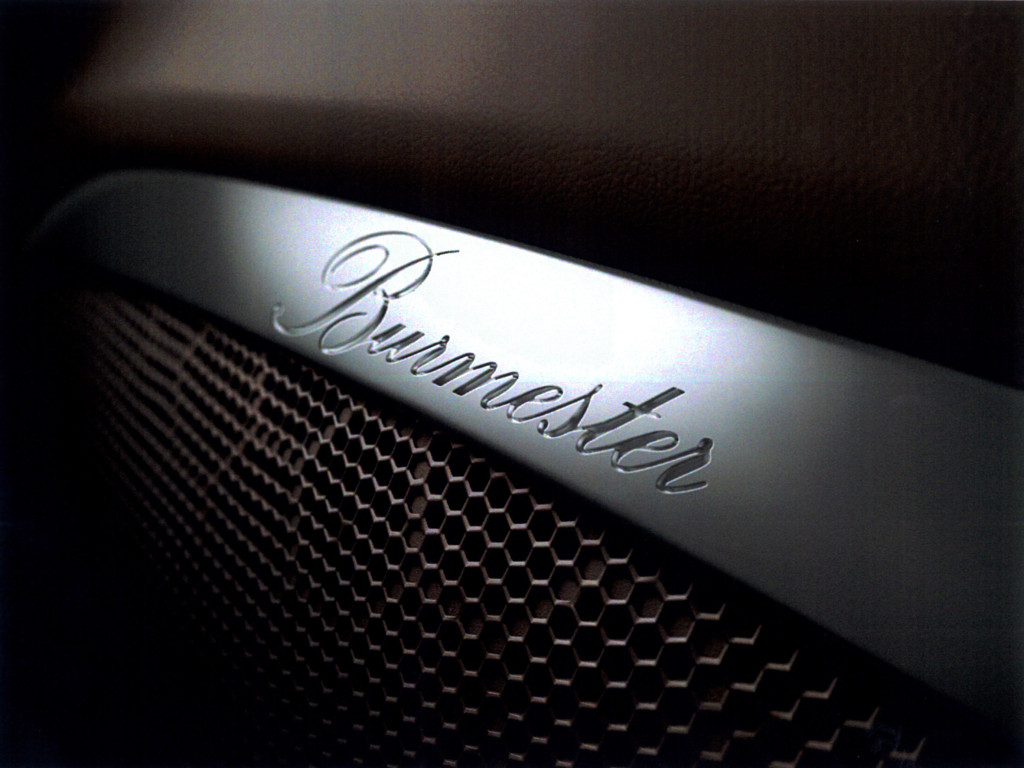As car assignments go, the brief was unusual: to assess the new Porsche Panamera’s in-car audio system. That’s not to say I ignored the sublime road holding, the comfort, the speed and all of the other virtues associated with the brand, but the intent was clear. As the Panamera is one of the most important launches in Porsche history – the company’s first four-door/four-seater that wasn’t an SUV – it had to do all the things that other luxo-saloons could do, and one of them is to amuse its passengers in style.
By collaborating with Burmester, Germany’s premier manufacturer of “high-end” audio equipment, Porsche joined a truly small and select group of luxury car manufacturers who didn’t cut corners with the in-car entertainment, which is standard practice. The only other luxury car makers operating at this level, when it comes to the sound systems, are Bugatti and Bentley.
As a rule, car makers treat in-car audio as a necessary evil, an afterthought, so they adapt bottom-feeder rubbish to fit into whatever apertures exist for loudspeakers and amplifiers. By inviting Burmester to develop a system from the very beginning of the Panamera’s development, Porsche ensured that the hardware would be tailored to the car, and that the performance would suffer no compromises.
To savour Burmester’s handiwork, I treated the system as if it were one of their room-filling mega systems. It meant sitting in the back seat to approximate the distance you’d normally sit from your in-house hi-fi. The front of the car was filled with music, just like a “proper” hi-fi in the home. The effect was overwhelming, so close did it mirror the sound of a domestic hi-fi, almost challenging the rules of physics. No way should that big a sound be present in so small a space.
So how did Burmester do it? After many thousands of hours of listening, the team settled on newly-designed components that placed 16 separate loudspeakers in the Porsche’s interior, each with its own dedicated power amplifier. The speakers included some of the most sophisticated high frequency units ever invented, Heil Air Motion Transformers, while the bass was served by a 300 watt (yes, three hundred) powered subwoofer good enough for your home cinema. And that’s not too surprising because Dieter Burmester was a professional bass player in his youth.
Ensuring that all of this worked properly is clever software developed to instruct each drive unit to operate at precisely the correct levels and with exactly the relevant part of the sound signal. Flexibility was added through settings that allow the listener tailor the sound to personal preferences. The result? Sonic performance that ticks all the audiophile boxes, eliciting references like “fast transients”, “tight bass”, “absolute transparency” and other buzz words that can be replaced with just two: realistic sound.
Although the Burmester package is an optional extra, it’s hard to imagine anyone not adding it to the list after even a brief burst against the standard system. For a cost not dissimilar to sexier alloy wheels, it just may be the finest-ever, factory-fitted sound system any car has enjoyed.
(Esquire, December 2009)























